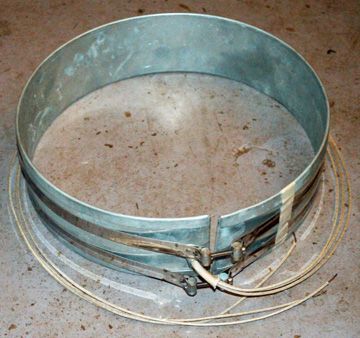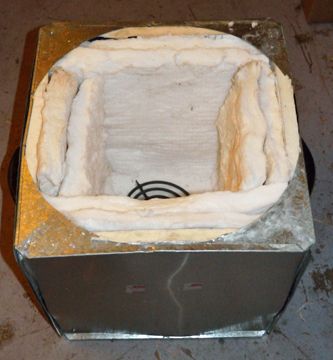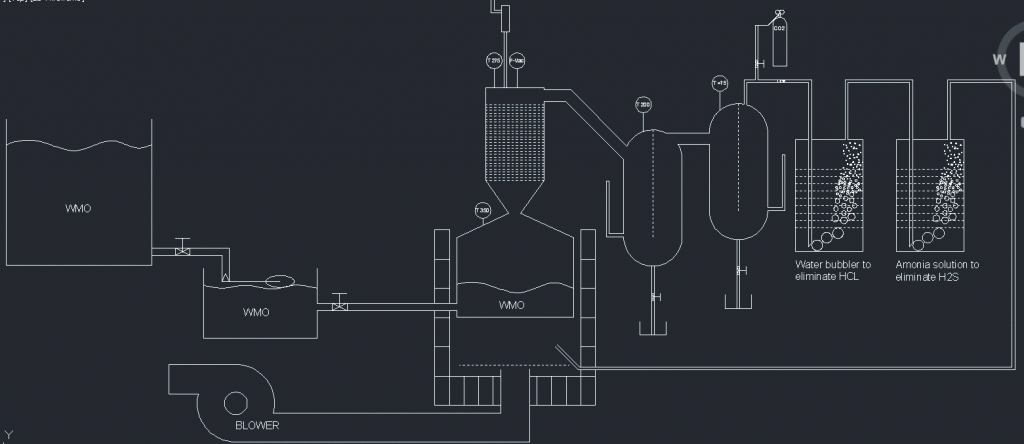ceramic band heater question
Has anybody tried using one of these cheap Stainless Steel Electric Band Heater from ebay for their retort?
Just making concept design. For WMO feedstock only...
AC 220V 220 Voltage 2300W Ceramic Plug Stainless Band Heater 140mmx180mm | eBay
I did notice Jetijs used one in an earlier design of his, although it was around 3.8kw from memory.
Thanks
Has anybody tried using one of these cheap Stainless Steel Electric Band Heater from ebay for their retort?
Just making concept design. For WMO feedstock only...
AC 220V 220 Voltage 2300W Ceramic Plug Stainless Band Heater 140mmx180mm | eBay
I did notice Jetijs used one in an earlier design of his, although it was around 3.8kw from memory.
Thanks





 Awesome!
Awesome! 

Comment